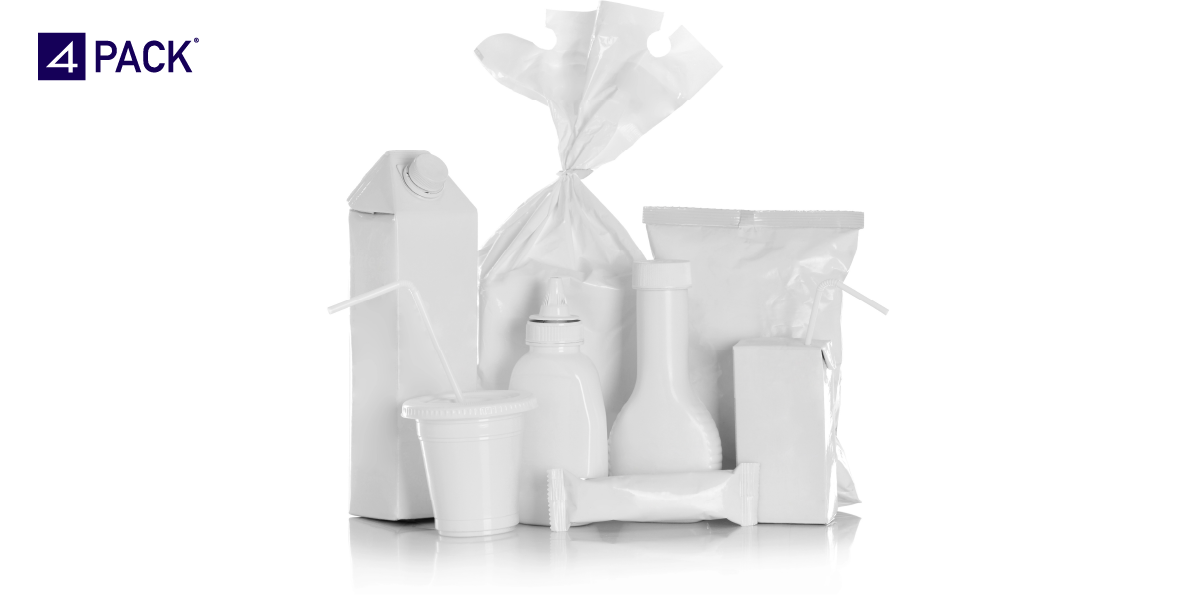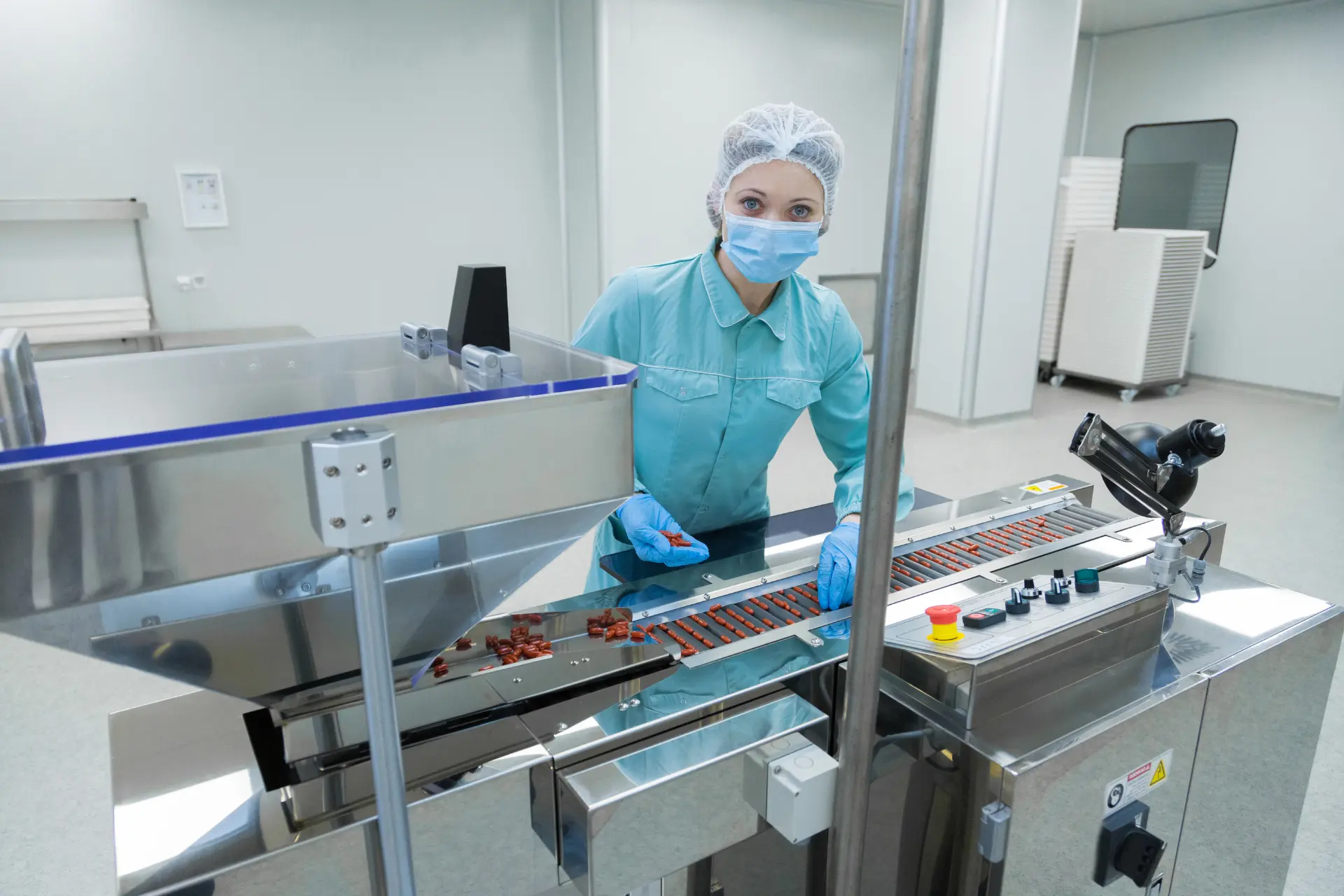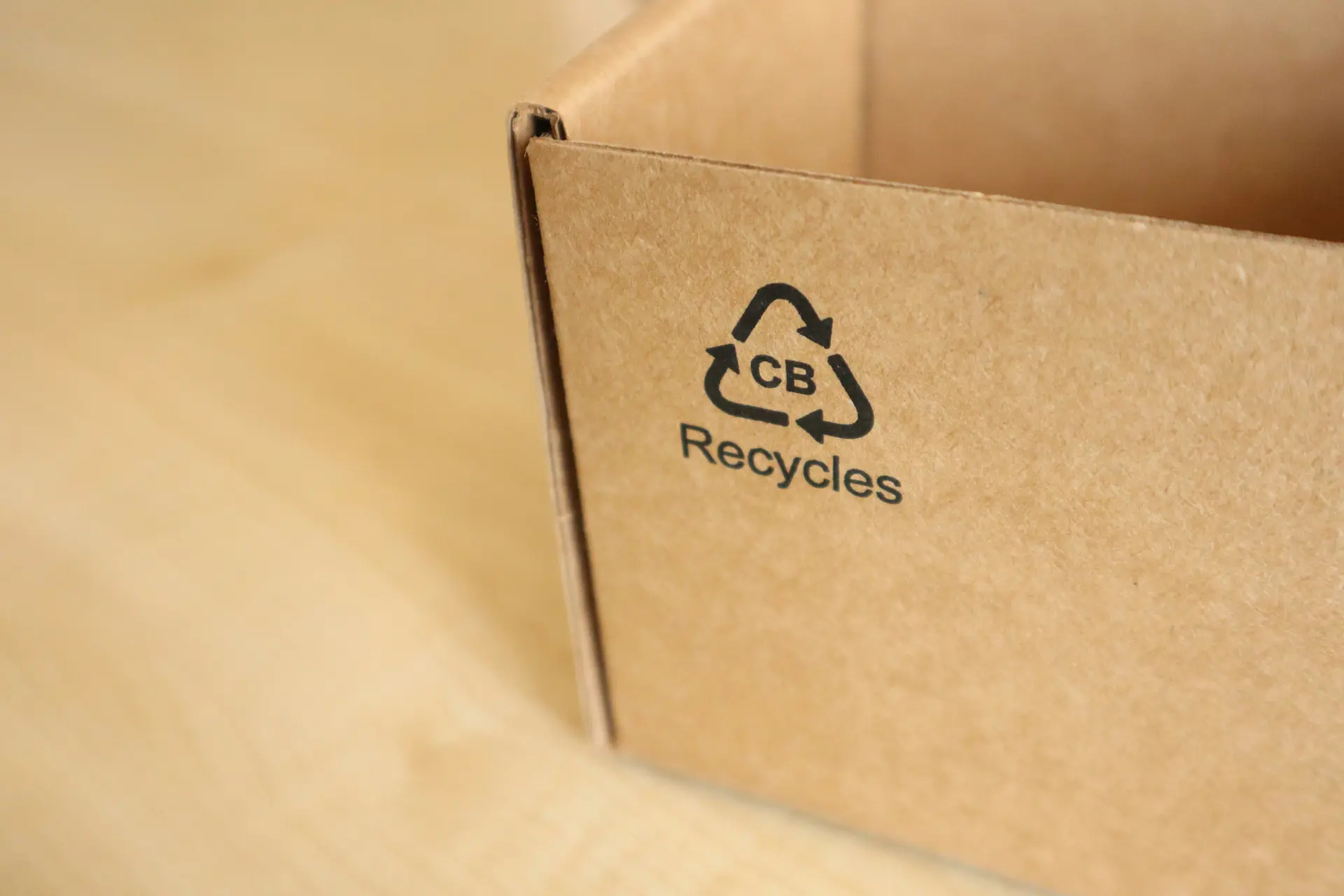What is PPWR?
The Packaging and Packaging Waste Regulation (PPWR) is a legislative framework developed by the European Union to address the environmental challenges associated with packaging waste. It aims to promote sustainable packaging practices that reduce waste, conserve resources, and support a circular economy.
As concerns about plastic pollution and environmental degradation grow, the PPWR represents a vital step toward a greener future. It encourages businesses and consumers to adopt sustainable packaging practices, which in turn can reduce carbon footprints, decrease waste, and protect natural ecosystems.
The regulation impacts a wide range of stakeholders, from manufacturers of packaging materials to businesses in sectors like food, retail, and e-commerce, as well as end consumers. Its influence spans various industries, especially those that rely heavily on packaging, pushing them toward eco-friendly alternatives.
Understanding PPWR and Its Background
PPWR stands for “Packaging and Packaging Waste Regulation.” It establishes guidelines aimed at reducing packaging waste by minimising material use and enhancing recyclability and sustainability.
PPWR was introduced in response to growing concerns about the environmental impact of packaging waste. Initially designed to address plastic pollution, it has evolved as part of broader EU environmental policies, including the Green Deal and Circular Economy Action Plan. The regulation’s main objectives include reducing environmental harm, promoting recyclable and reusable packaging, and aligning with the circular economy principles.
Key Components of PPWR
- Packaging Standards and Design Requirements: PPWR sets standards to encourage eco-friendly design, urging businesses to minimise packaging and prioritise materials with a lower environmental impact. Restrictions on certain harmful materials push manufacturers toward recyclable or biodegradable options, which help reduce their ecological footprint.
- Waste Reduction Targets and Timelines: The regulation sets ambitious targets for both short and long-term goals. For example, by 2025, the EU aims to achieve a measurable reduction in packaging waste, and by 2050, to establish a fully circular approach where all packaging is either recyclable or reusable.
- Producer Responsibility and Compliance: Under the Extended Producer Responsibility (EPR) framework, PPWR makes producers accountable for the entire lifecycle of their packaging. Businesses must track and report their packaging waste data, aiding compliance and enhancing transparency. Non-compliance may lead to penalties, incentivising businesses to adopt sustainable practices.
- Consumer Awareness and Participation: Consumer involvement is essential to PPWR’s success. The regulation supports educational efforts to raise awareness about sustainable packaging choices, helping to foster a culture of responsibility. Many initiatives also include incentives that encourage consumers to choose eco-friendly options, further driving waste reduction.
How PPWR Impacts Different Industries
Food and Beverage Sector
In the food and beverage industries, PPWR promotes the shift towards biodegradable and compostable packaging, reducing waste while meeting consumer demand for sustainable options. At the same time, businesses must ensure that their packaging complies with food safety standards, balancing sustainability with regulatory requirements.
E-commerce and Retail
PPWR has significant implications for e-commerce and retail, where packaging is abundant. These industries are exploring compact, eco-friendly packaging solutions that meet regulatory standards while satisfying customers. Many companies are also investing in returnable and reusable packaging solutions, which not only reduce waste but can also improve brand perception as sustainable alternatives.
Manufacturing and Industrial Packaging
The manufacturing sector is encouraged to shift toward more sustainable materials that meet PPWR standards. This includes exploring alternatives that are durable and recyclable, which can reduce waste without compromising product safety. Although there are upfront costs to transitioning, many companies find that eco-friendly packaging solutions offer long-term financial and environmental benefits.
Implementation and Compliance Strategies for Businesses
- Establishing Sustainable Packaging Systems: One of the first steps toward compliance is conducting a packaging waste audit. This process helps businesses assess their current packaging use, identify opportunities for waste reduction, and implement changes to meet PPWR standards. Choosing eco-friendly suppliers also ensures that the materials align with regulatory requirements.
- Integrating PPWR Compliance Into Operations: Incorporating PPWR compliance into business strategies requires a proactive approach, where companies align their environmental goals with regulatory objectives. Technology can assist in this transition by tracking packaging usage, managing waste data, and streamlining reporting processes, making it easier to stay compliant.
- Assessing Costs and Benefits: Switching to sustainable packaging often incurs initial costs. However, many businesses find long-term savings as resource efficiency improves, and waste management costs decrease. Additionally, investing in sustainable packaging can yield a positive return on investment (ROI) by attracting eco-conscious consumers and enhancing brand reputation.
Challenges in Adopting PPWR Standards and Solutions
Adopting eco-friendly materials can be expensive, particularly for small and medium-sized businesses with limited budgets. Additionally, some consumers may be resistant to higher costs associated with sustainable packaging, which can create a demand-side challenge for companies aiming to comply with PPWR.
Businesses can address these challenges by planning the transition carefully, budgeting for incremental changes, and educating consumers on the value of sustainable packaging. Building a brand identity around environmental responsibility can foster customer loyalty and ease the acceptance of eco-friendly changes.
PPWR is expected to adapt over time, with possible future amendments that might further restrict harmful materials and introduce new eco-friendly options. Technological innovations, such as biodegradable plastics and smart packaging solutions, are anticipated to play a significant role as the regulation evolves.
PPWR and the Circular Economy
By promoting a circular approach to resource management, PPWR supports a future where packaging waste is minimised. In a circular economy, materials are continually reused and recycled, conserving resources and reducing pollution. Over time, the regulation is expected to offer both environmental and economic benefits. This will help drive sustainable business practices and creating new opportunities within the green economy.
Summing Up PPWR’s Importance
PPWR plays a vital role in shaping a sustainable future by championing eco-friendly packaging and waste reduction. It’s a necessary framework for aligning business practices with the EU’s broader environmental objectives.
The success of PPWR relies on cooperation between businesses, consumers, and policymakers. It requires each of these stakeholders to contribute to a culture of sustainability and waste reduction.
As the packaging industry adapts to PPWR, the future promises a shift toward reduced packaging waste and a sustainable economy where resources are continuously recycled, setting new standards for environmentally conscious production and consumption.



